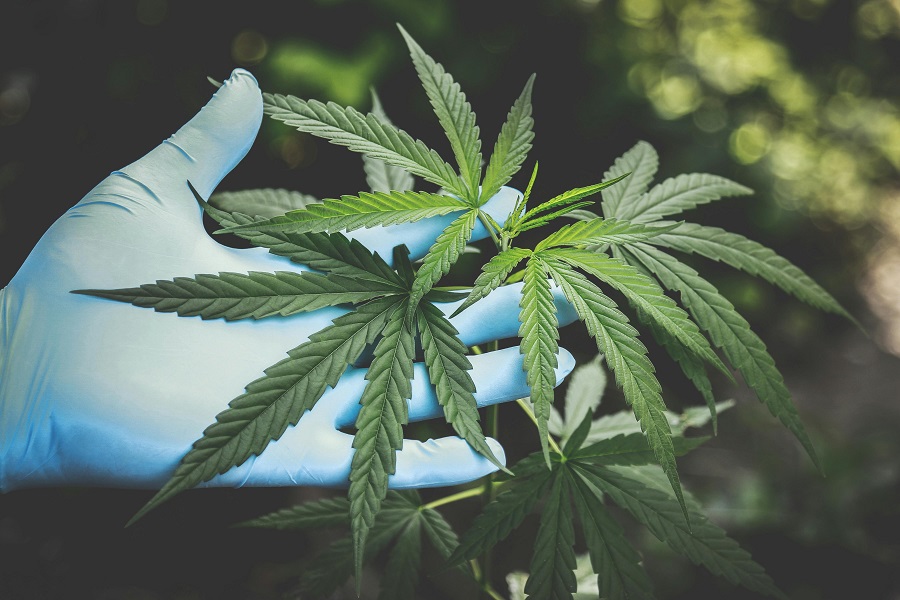In the past, weed cultivation was a secretive and illegal activity. Almost all growers used any means at hand to get good plants without attracting unnecessary attention to themselves. With the legalization of weed, new opportunities for cultivation have opened up. Today, weed farms have become modern and advanced, on par with other agricultural crops. Let’s see what technologies can help you get an excellent harvest from Fastbuds weed seeds.
Cannabinoid Biosynthesis
Cannabis contains cannabinoids – compounds (such as THC or CBD) that are responsible for the various effects of weed, including both euphoria and therapeutic effects. Many growers use traditional methods to extract these cannabinoids from the inflorescences, but there is one drawback: it can be expensive due to the complexity of the process.
In this regard, cannabinoid biosynthesis is very relevant. This scientific achievement allows manufacturers to literally create THC and CBD, which significantly increases the process’s efficiency. This technology is based on the use of microorganisms to develop strains of yeast capable of producing cannabinoids.
Many companies are investing in this technology, hoping it will help streamline supply chains and other manufacturing processes. The result could be more quality, affordable weed products.
Crop Steering
Crop Steering is a method of manipulating the growth of weed by controlling the environment and hormonal responses of the plant. It is achieved by adjusting humidity, temperature, watering cycles, and lighting.
Crop Steering helps produce high-quality yields and improve the overall efficiency of the growth. However, to successfully use this technology, adjustments must be made at precisely the right moments in the growth cycle. High-precision instruments and sensors must also be used to read and analyze the health of your plants.
Artificial Intelligence and Machine Learning
Artificial Intelligence (AI) is an innovation that can change many areas of human life, including agriculture. This technology is developing at an ever-increasing rate, especially given the growing interest in it. Neural networks are already capable of creating paintings and music. Specifically in the weed industry, AI-based products are still in their infancy but have significant potential for development.
Today, a number of companies are already offering growers tools based on machine learning and neural networks. Artificial intelligence can optimize the growing process and work with data to find better solutions. For example, a machine can identify stress factors or manage lighting and nutrition.
Systems based on neural networks analyze a large amount of data obtained by cameras and sensors and provide immediate feedback to the grower, allowing him to react in time.
The artificial intelligence system compares the appearance of the developing plant with various images of other weed bushes, and this allows it to identify pests, diseases, and nutritional deficiencies. In addition, it can predict the further development of seedlings based on the available data on the variety and its yield.
Internet of Things
Before the advent of artificial intelligence, one of the popular technologies was the Internet of Things (IoT). This is a system that works with the help of various sensors and a centralized database. For the weed industry, IoT includes various agricultural sensors that monitor and analyze growth processes and present data to the grower in a form that is understandable for him.
Essentially, with the help of IoT, everything in your grow room can be interconnected, including fans, humidifiers, lighting systems, etc., as well as various sensors that track growth phases. All this information is displayed on the control panel.
Automation
Robots and other automatic systems can be very useful in weed growing. With their help, you can significantly save labor costs, increase yields, and optimize work processes. For example, machines can accurately and reliably perform monotonous tasks, freeing the grower from tedious, monotonous work. They help with planting seeds, transplanting plants, and even harvesting.
Conclusion
Some of the technologies mentioned above are still in their infancy, but given their effectiveness, they could soon become a part of the lives of many growers and larger producers. If you are a solo grower or an employee, you should keep your eyes open to new developments that can make your job easier. Every month, new technologies are released that are worth watching and implementing into your business as much as possible.
